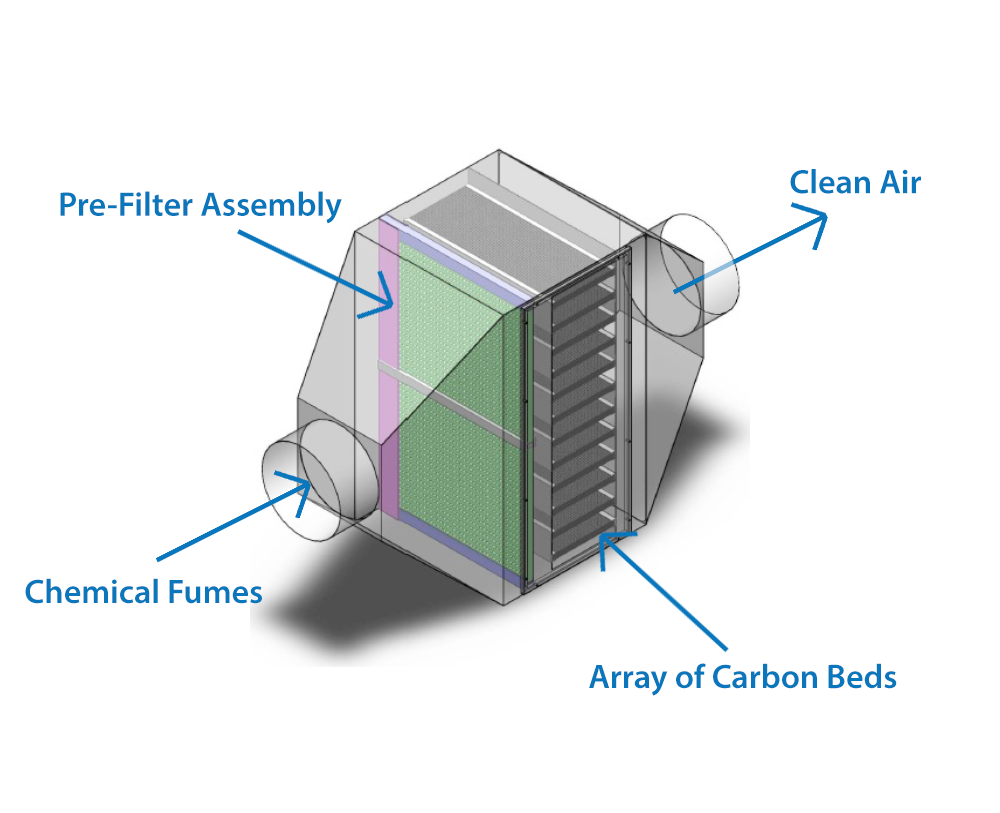- All
- Product Name
- Product Keyword
- Product Model
- Product Summary
- Product Description
- Multi Field Search
Views: 17 Author: Xicheng EP LTD Publish Time: 2024-03-06 Origin: Xicheng EP LTD
Flue Gas Desulfurization (FGD) is a technology used in power plants to remove sulfur dioxide (SO2) from the exhaust flue gases produced during the combustion of fossil fuels, especially coal. SO2 is a major contributor to air pollution and acid rain, and its removal helps mitigate environmental and health impacts. There are several methods of flue gas desulfurization, with the two most common being wet scrubbing and dry scrubbing.
![PDF] Flue Gas Desulfurization Technologies for Coal-Fired Power Plants | Semantic Scholar](https://d3i71xaburhd42.cloudfront.net/96f2d4bee7afad94372bd996fdb2eed425bb2606/3-Figure1-1.png)
Wet Scrubbing:
Limestone-Gypsum Process (FGD): In this widely used method, flue gases are passed through a slurry of limestone (CaCO3) in water. The reaction between the limestone and SO2 produces calcium sulfite (CaSO3), which is then oxidized to form gypsum (CaSO4·2H2O). Gypsum is a marketable byproduct that can be used in various industries.
Magnesium Oxide Process (MgO): In this variation, magnesium oxide (MgO) is used instead of limestone. The reaction produces magnesium sulfite (MgSO3), which can be converted to magnesium sulfate (MgSO4) or elemental sulfur.
Seawater Scrubbing: Some power plants located near the coast use seawater as the absorbent. The reaction between seawater and SO2 produces sulfate ions, which eventually form solid particles.
Dry Scrubbing:
Spray Dryer Absorber (SDA): Dry scrubbing involves injecting dry sorbent (typically lime or hydrated lime) into the flue gas stream. The sorbent reacts with SO2, forming solid particles that are captured in a particulate control device. The byproducts can be disposed of in landfills.
Circulating Dry Scrubber (CDS): This method involves the injection of a dry sorbent into the flue gas, with the reaction products collected in a downstream fabric filter or electrostatic precipitator.

Environmental Protection: FGD helps reduce sulfur dioxide emissions, which contribute to acid rain and air pollution, improving air quality and protecting ecosystems.
Health Benefits: By minimizing SO2 emissions, FGD helps prevent respiratory issues and other health problems associated with exposure to sulfur dioxide.
Compliance with Regulations: Many countries have established strict regulations regarding sulfur dioxide emissions. FGD systems assist power plants in meeting these environmental standards.
Byproduct Utilization: The byproducts generated during the FGD process, such as gypsum, can be sold or used in various industries, contributing to waste reduction and potential economic benefits.

It's important to note that while FGD is effective in reducing sulfur dioxide emissions, it also comes with challenges, including the generation of solid waste, high installation costs, and potential energy penalties. Researchers continue to explore and develop more efficient and sustainable FGD technologies.
| | N0.34 Zhenxing Road (Shengtaian Heavy Industrial Park B), Loucun, Guangming New Dist, Shenzhen, Guangdong, China |
| | +86 18028775826 |
| | Leyte@china-xicheng.com |